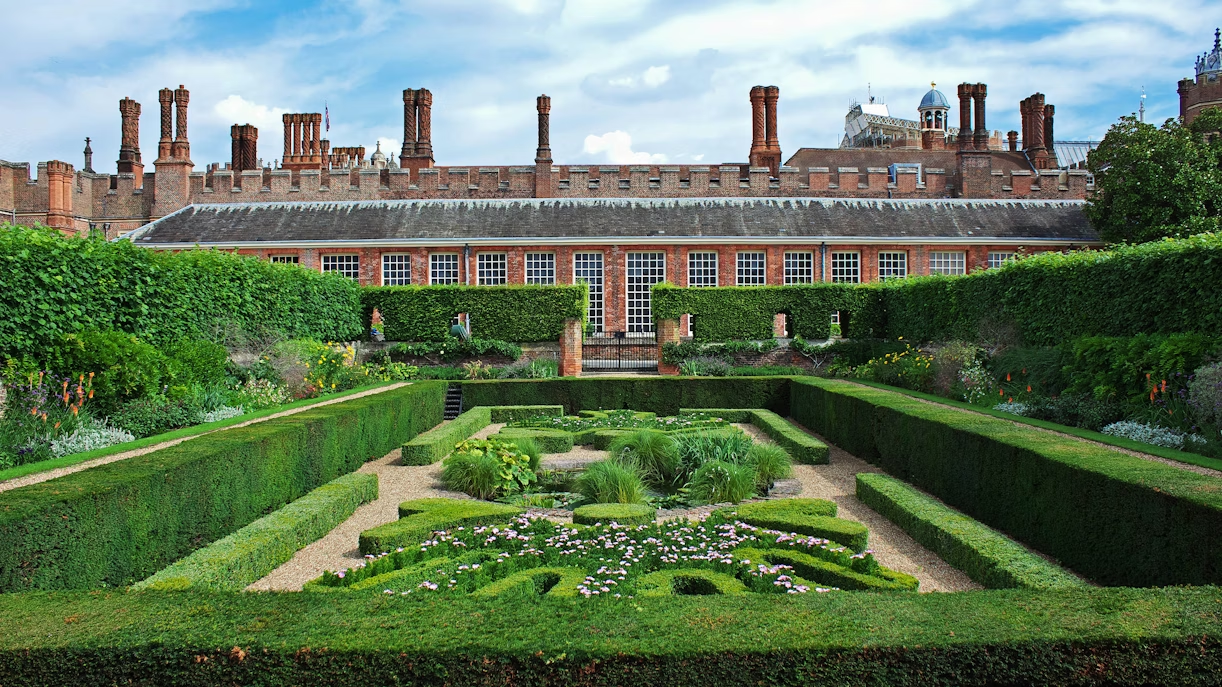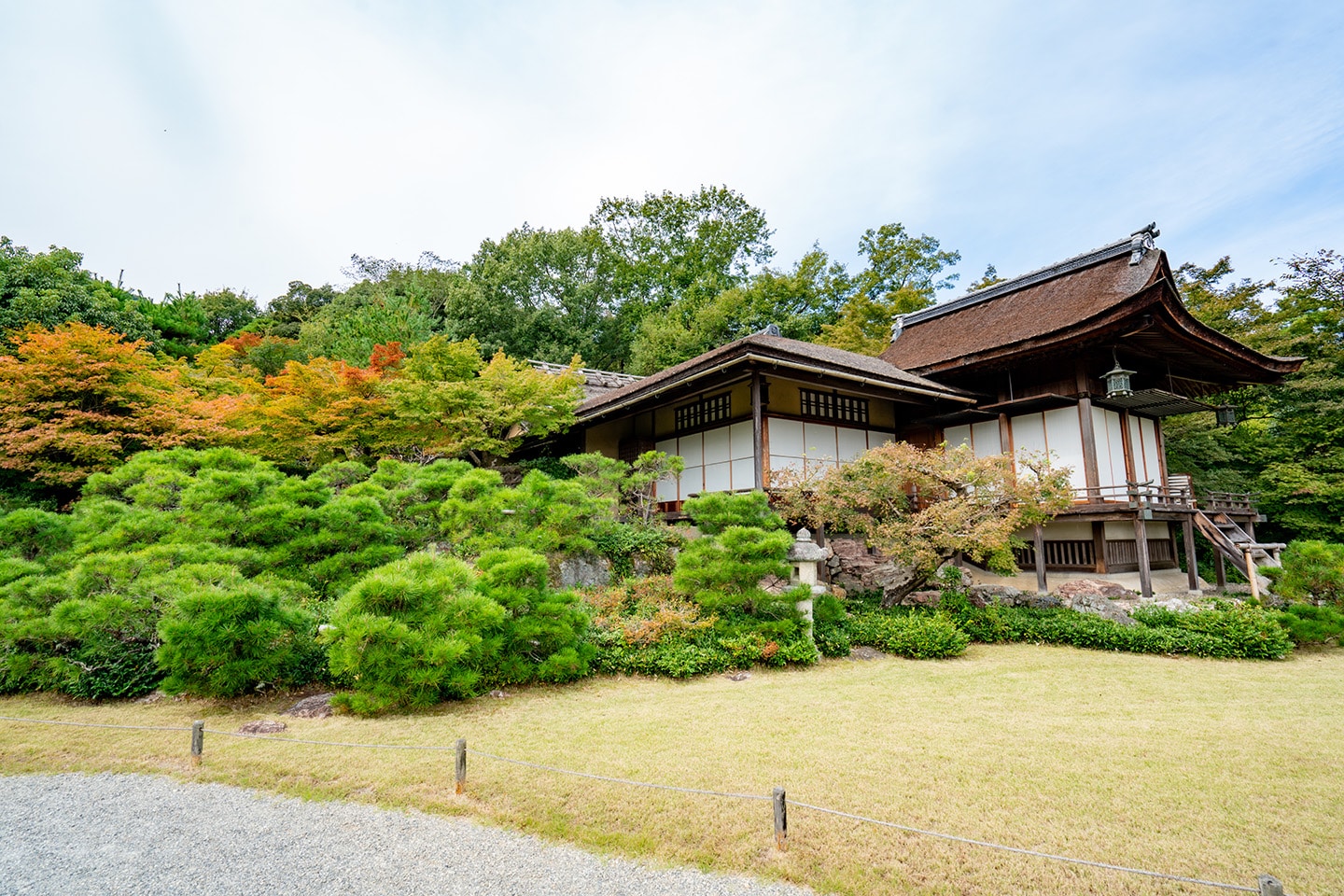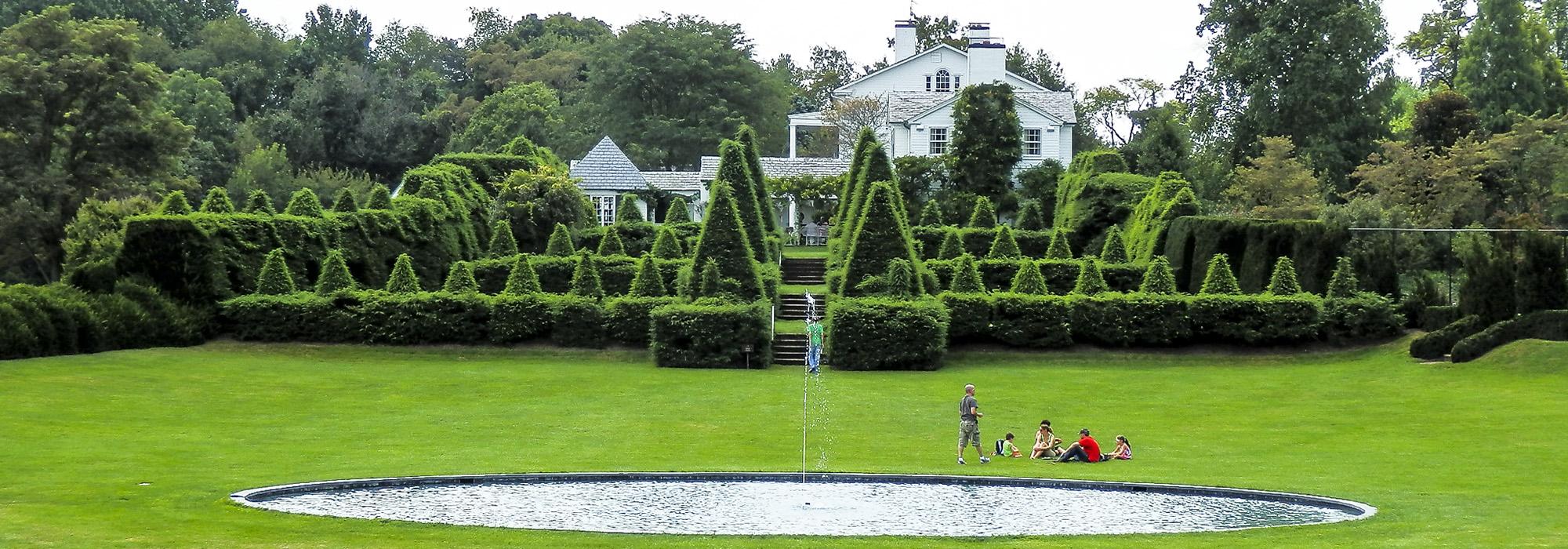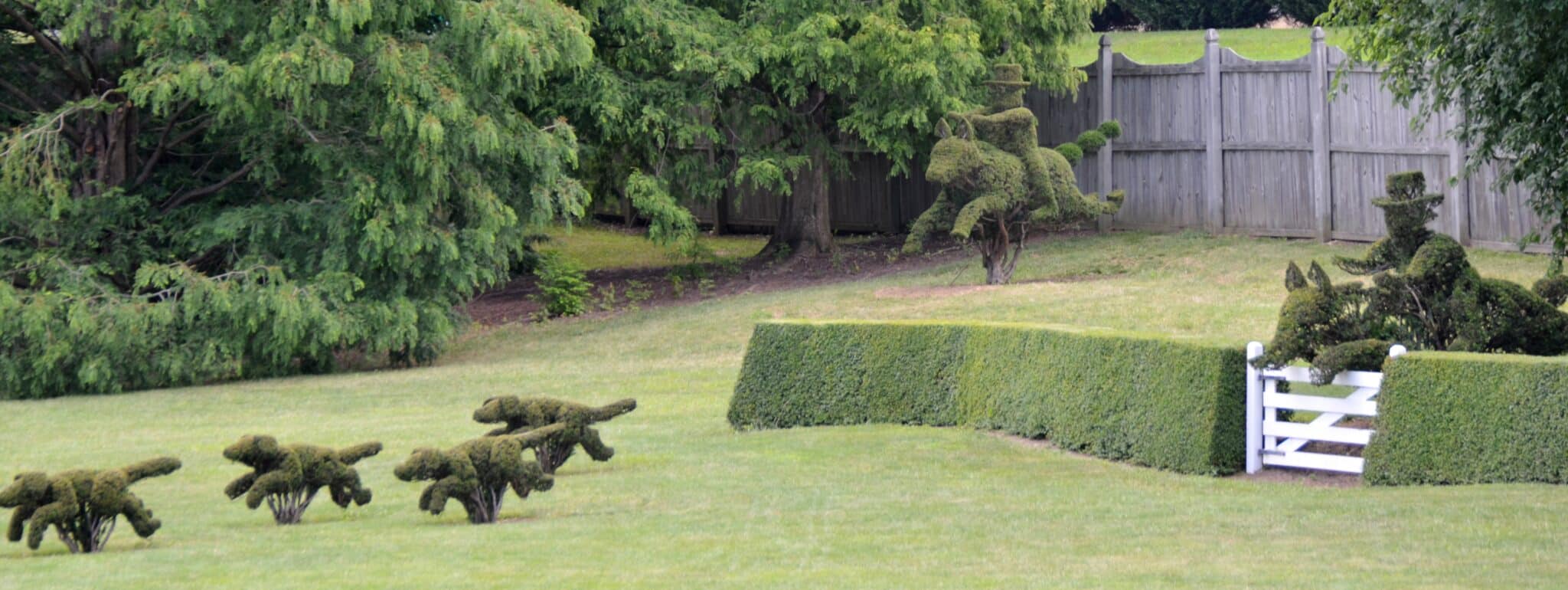Hedges have been around for at least 2000 years with early examples used in the landscaping of Roman villas and described in the works of Pliny (both Elder and Younger). But, come medieval times, the hedge had something of a revival as a means to keep wandering livestock (and possibly children) from going adrift by creating a field boundary, replete with thorny branches as often as not, to keep even the most adventurous sheep or child at bay. Fast forward to today and hedges and the pure art of topiary have evolved over the centuries to become striking and grand additions to any garden.
Around the world, hedges have been sculpted, shaped and meticulously maintained by a horticultural mastery that has been perfected over time. In France, Les Jardins de Marqueyssac is a perfect example where a section of old terraces was transformed in 1861 into a labyrinth of over 150,000 hand-trimmed boxwood (Buxus) balls, creating cloud-like undulating shapes that flow across the landscape like a living sculpture park overlooking the Dordogne Valley.
In England, the famous Hampton Court Palace Maze was established in the late 17th Century and is one of the oldest surviving examples of a hedge maze. Known for its historical charm and intricate turns, it was originally planted in 1700 with hornbeam but was later replanted with the yew that you see today.

One of the most celebrated more recent examples of England’s continuing love affair with hedge mazes is The Maze at Longleat in Wiltshire. Begun in 1975, a maze of more than 16,000 English yew was planted on the historic grounds and create what is now the longest hedge maze in the world, its sprawling labyrinth covering 1.5 acres and 1.69 miles (2.72km), drawing visitors from around the world to its serpentine pathways.
Not confined to England and Europe, the love of hedges and topiary can also be seen in Japan at the Okochi-Sanso Garden in Kyoto where a cultural and spiritual dimension is added to the craft of hedges and topiary. The seasonal colours and flowing lines add a more subtle complement to the traditional architecture and the sweeping views. The hedges and topiary here aren’t merely ornamental but seek to define space, guide movement and cultivate a sense of harmony amidst the enchanting bamboo forests of Arashiyama.

The most playful of hedge and topiary designs can be found at the Ladew Topiary Gardens in Maryland, USA. Established in the 1930s, these sculptural hedges highlight the imaginative potential of topiary art and demonstrate how living plants can be shaped into narrative forms that both delight and inspire.


Other world-famous hedges include:
- The Meikleour Beech Hedge in Scotland, undoubtedly the tallest hedge in the world
- The monumental 14-metre-high yew hedges at Powis Castle in Wales, which are meticulously trimmed using a cherry-picker
- and the meandering beech hedge at Chatsworth House and the delightfully whimsical ‘Elephant Hedge’ at Rockingham Castle
From dramatic mazes to minimalist Zen borders to quirky living art, these world-famous hedges and countless other examples the world over demonstrate an enduring fascination with the sculpting of nature. These remarkable hedges and topiary have become living monuments – ever growing, ever changing – where art and landscape meet.
